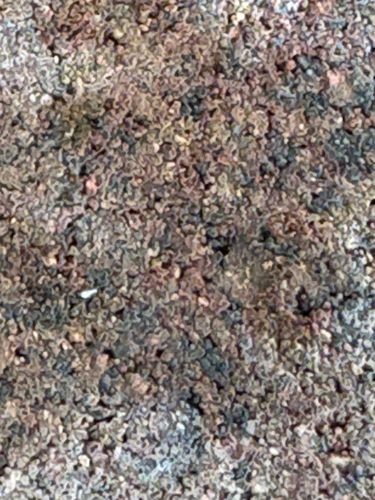Antlion larva (Doodlebug)
Scientific Name: Myrmeleontidae (larva)
Order & Family: Neuroptera, Myrmeleontidae
Size: Larvae typically range from 0.5 to 1.5 cm (0.2 to 0.6 inches) in length.

Natural Habitat
Dry, sandy areas, often under overhangs or in sheltered spots to prevent their pits from collapsing. They require loose, fine soil to construct their traps.
Diet & Feeding
The antlion larva is a predatory insect. Its diet primarily consists of ants and other small insects that fall into its pit trap. It ambushes its prey by burying itself at the bottom of a conical pit in the sand, with only its large, sickle-shaped jaws exposed. When an insect slips into the pit, the antlion larva grabs it with its jaws and injects digestive enzymes.
Behavior Patterns
Antlion larvae are best known for their unique predatory behavior of digging conical pits in sand to trap prey. They excavate these pits by backing up in circles, flicking sand out with their heads. They are typically slow-moving but very effective ambush predators. The adult antlions resemble damselflies and are nocturnal.
Risks & Benefits
Antlion larvae pose no known risks to humans. From an ecological perspective, they serve as natural pest control agents, preying on various small insects, including ants. They are also part of the food chain for other animals.
Identified on: 9/6/2025